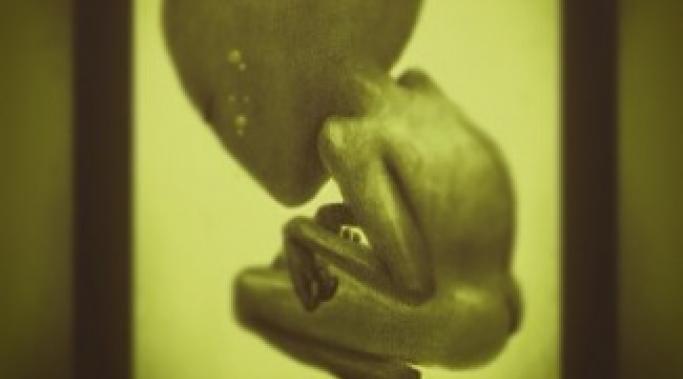Coping skills for borderlines experiencing extreme emotions are critical to develop. Highly intense, emotional reactions are one of the dominant features of borderline personality disorder (BPD). How can we return to ourselves when we're caught in an emotional whirlwind? What coping skills can be we learn for dealing with extreme emotions?
More than Borderline
It’s okay -- and sometimes necessary -- to set functional boundaries with people suffering from borderline personality disorder (BPD). Read about setting boundaries with borderline personality disorder sufferers (Setting Functional Boundaries).
Believe it or not, you can embrace the benefits of borderline personality disorder (BPD). Borderline sufferers know the drawbacks of the diagnosis. On top of experiencing the difficult symptoms firsthand, we're also bombarded with BPD stigma, insults, premature judgment and ostracization. Most of what’s written about BPD is negative in nature -- borderline sufferers are portrayed as dangerous, irrational, impulsive, and hopeless. This is not one of those articles. This article is about embracing the benefits of borderline personality disorder.
It's important to soothe your inner child in borderline personality disorder. When your inner child asks for something, do you listen? If not, it might be time to start paying attention, even if that means indulging in so-called "childish" things.
I need people to stop using the borderline diagnosis as an insult. As someone who writes primarily about mental health, it’s easy for people to figure out that I’ve been diagnosed with borderline personality disorder (BPD) via a quick Google search. Part of me is relieved that it’s in the open – it frees me of the shame bestowed by secrecy and saves me from having to explain myself to people. But the other part of me worries that people who learn about my diagnosis will pigeonhole me based on their own misunderstandings of what BPD entails (Reclaiming Borderline to Reduce Stigma).
Romantic fantasization is a common feature of borderline personality disorder (BPD). The unpredictable emotional state associated with borderline personality disorder can cause confusing fluctuations in how borderlines view their romantic partners. Why is romantic fantasization in BPD followed by equally intense devaluation and what can we do to stop it?
I'm thrilled to introduce myself as the new author of HealthyPlace.com's More than Borderline blog. I'm a 25-year-old memoirist, journalist, and songwriter from Chicago whose creative work is primarily centered on mental health and recovery. Over the past 12 years, I've been handed a number of diagnoses, including borderline personality disorder (BPD), posttraumatic stress disorder (PTSD), bipolar spectrum, dysthymia, major depression, anxiety, anorexia nervosa, and drug/alcohol addiction. My personal belief is that most, if not all, of these diagnoses stem from the two primary causes of borderline personality disorder: sensitivity and trauma/invalidation.
When defining borderline personality disorder (BPD), most resources will present you with the Diagnostic and Statistical Manual (DSM) criteria, but I wish to reframe the borderline personality disorder diagnosis. Not only is the DSM flat-out wrong about certain aspects of BPD (such as its understanding of people with BPD as lacking empathy), but it reduces a complex experience of being human to a diagnosis packed with bias. Let's reframe borderline personality disorder and think about the diagnosis differently.
The new movie, Welcome to Me, definitely offers an offensive depiction of borderline. Borderline personality disorder (BPD) is a complex and challenging illness for those with expertise; so I wasn't entirely surprised that Welcome to Me failed miserably in representing BPD. If my sentiment wasn't already clear, I hated this film. The TV caricature with a borderline label contained traits uncharacteristic of BPD. The movie, Welcome to Me, is offensive and reckless; this movie transmits misinformation to the public, further stigmatizing borderline personality disorder.
For me, the most helpful framework in understanding borderline personality disorder (BPD) comes out of schema therapy, a borderline personality disorder treatment, which includes a concept known as schema modes. The easiest way to understand schema modes is to think of them as personalities. Different personalities take over to protect the borderline when she is hurt or threatened in some way. Schema modes in borderline personality disorder are a form of maladaptive coping that the person learned in response to childhood trauma, and schema therapy is designed to address these modes.









